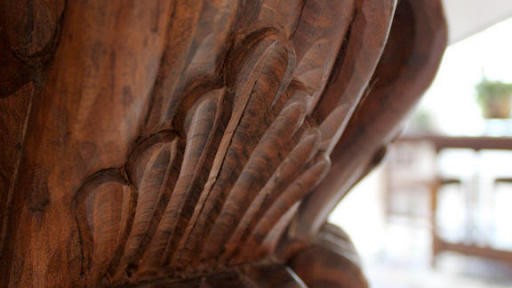2925 Dickinson RD, Jacksonville, FL
Custom 4/3.5 home built in 2003. Open concept floor plan. Lots of natural light with plantation shutters throughout. This home sits on 3/4 of an acre. Home feature spacious foyer, formal dining room,10 ft high ceilings throughout, spacious kitchen, dual pantries with lighting, smooth cooktop with downdraft fan ventilation. Custom hand carved cabinetry, large family room features fire place and dual french doors leading out to covered lanai. This home overlooks large wooded lot. 3 car insulated garage and spacious outdoor parking. RV or boat parking, no community restrictions. City water and sewer, no septic.
Understand The Closing Process
Understanding The Closing Process
Once your offer on a home has been accepted, your inspections are complete, and your financing is in order, you’ll likely breathe a sigh of relief and get focused on packing for the move.
But before you’re handed the keys to your new home, you’ll need to attend the settlement or closing. The more you understand about the closing process, the easier it should be.
Preparing for Closing
If your team of professionals—particularly a REALTOR® and your lender—have been providing you with good service throughout your home search, you should be well-prepared for settlement.
Essentially, settlement day involves the formal, legal requirement of transferring ownership from the seller to you.
Settlement regulations vary from one jurisdiction to another, but two aspects of the process are usually the same no matter where you buy a home.
Your contract should allow you to schedule a walk-through of the property 24 hours before the closing. At this walk-through, you need to make sure the seller has completely vacated the property (unless you’ve arranged to rent back the property after closing) and the home is in the condition described in the contract. Look to make sure any required repairs have been made and items that are contractually supposed to convey to you are in place. If the walk-through reveals any problems, you can delay the closing or ask for money from the seller to address the issues.
You have the right to receive the HUD-1 settlement statement for review 24 hours before your closing. Compare the HUD-1 statement to the Good Faith Estimate your lender provided to make sure they’re similar and ask your lender to explain any discrepancies between the two documents.
What You Need at the Closing
Throughout the home search, you’ve likely accumulated a lot of paperwork. Bring these documents with you to the closing in case an issue arises and you need to produce one of them—particularly your proof of homeowner’s insurance and your copy of the contract.
Bring your identification and discuss with your lender how you’ll make the down payment and closing costs that aren’t rolled into your loan. You may be able to transfer these funds electronically based on an estimate before the closing, but you could also be required to provide a cashier’s check or certified funds.
You should bring your checkbook, too, for the difference between the estimated balance owed and the final amount.
What Happens at the Closing?
As a buyer, you’ll sign a stack of legal documents including paperwork related to your mortgage and paperwork related to the transfer of ownership of the property. You’ll also pay closing costs and fees and the initially required escrow payments for your homeowner’s insurance and property taxes.
Traditions vary by location, but at closing, there’s usually a representative from a title company or an attorney. In some cases, both the seller and buyer will have an attorney present. Typically your real estate agent will attend your closing and usually the seller’s agent and the seller will attend as well. Some lenders attend the closing, but others simply provide the loan documents to the title company.
When your closing is finished, you should not only have your keys to your new home, but you also need a stack of documents for future tax returns and when/if you eventually sell the property. These documents include your final HUD-1 statement, your Truth-in-Lending statement outlining your mortgage terms, your mortgage note and your deed of trust.
Article originally posted on Realtor.com
















